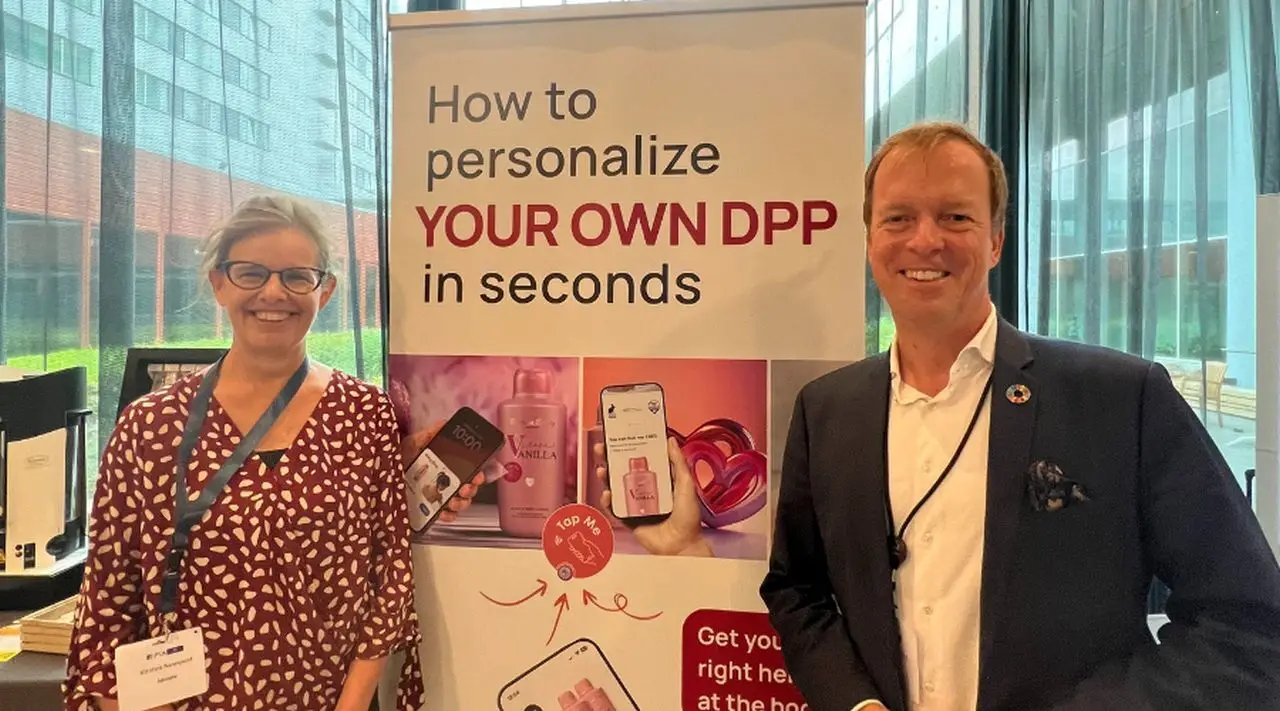The Symbiosis of Hardware and Software

Balluff has been continuously expanding its software expertise for years: customer-oriented, across locations, secure, and agile.
Software Solutions are Crucial in Intelligent Manufacturing
Digital twins, predictive maintenance, or intelligent warehouse management: developing automation components for factory digitalization as well as automation solutions with easy-to-use software — that is the goal of sensor and automation specialist Balluff. After all, manufacturers need software features and data interfaces to increase efficiency in production, to avoid downtimes and to make IIoT cases possible, such as virtual commissioning or real-time condition monitoring
That is why the family-owned company has been consistently expanding its software development expertise for years. In 2017, Balluff made a quantum leap forward with two successful acquisitions, when the software company iss innovative software services GmbH (iss) and the machine vision trailblazer Matrix Vision GmbH (MV) became part of the corporation.
Moving Forward Digital
“The future of manufacturing and automation will be strongly shaped by digitalization,” says Dr Markus Jung, Head of Software Engineering at Balluff. "The technological shift toward a greater use of software has been clearly evident in recent years. Components in particular have more and more software features," Jung says. "At Balluff, we incorporate software as firmware directly into our products, for example, with smart automation solutions and our monitoring systems."
Targeted Communication
Smart sensors offer many advantages in monitoring, providing the system with additional environmental and operating information via digital interfaces such as IO-Link. The IO-Link standard makes it possible to set up intelligent solutions for industrial automation. Developing an entire system solution is the focus of the internal start-ups at Balluff: "With the help of software solutions, we optimize the tool change or the condition monitoring of machines, and the monitoring of inventories, for example.“
Adapted Mode of Operation
Today, more than 100 software developers worldwide work at Balluff at different locations and departments, for example, at the headquarters in Neuhausen auf den Fildern or Software House in Vaihingen, Germany, or in the development office in Veszprém, Hungary, and Budapest, which was newly opened in 2022. Most of the developers work within Software Engineering and closely collaborate as central R&D department with the product development teams, our Software House and Innovation department.
The teams develop new software solutions within so-called SIPs (Strategic Incubation Programs), which are based on startups and offer employees great freedom on top of the powerful company infrastructure.
The goal is to develop custom-fit, user-friendly, and innovative software solutions that offer customers real added value — and not within several years, but within just a few months. The agile way of working follows the customers’ requirements and is geared towards speed. “The automation industry and the software market are constantly evolving," says Jung. "In order to provide our development teams with the best possible support, we analyze new software technologies in a structured manner and introduce new methods and tools for software development if warranted.”
Hybrid Organizational Structure with Success
For its software development, Balluff makes use of the fact that the COVID-19 pandemic has permanently changed the modern way of working. “We work together across locations and follow hybrid principles, so we can implement various work modes,” says Jung.
Colleagues meet regularly for team or project days or workshops, either weekly or, in the case of teams that are spread further apart, every two or three months. This promotes cooperation and communication within the team. In addition, software development works closely with the Balluff product teams. In regular consultations, the features of new products are defined, and hardware and software are combined to create the optimum solution. This way of working pays off: For example, the teams have been able to greatly simplify the configuration of a particular sensor by developing a web-based assistant, and they also improved the updateability of our products. In another successful project, Balluff was the first supplier to meet the security requirements of a major customer with a web interface.
It’s All About Customer Benefit
The benefit for the customer is always at the heart of software development. "In product development, it is important to find the right balance between quality, customer expectations, and speed. That is why we follow the fail-fast principle by trying out ideas as early as possible, failing if necessary, and developing them further in a targeted manner. In this way, we significantly accelerate the development of new products," says Jung, explaining the approach. The SIPs also contribute to this. Their teams work very independently and in direct conversation with users and customers, allowing these experiences to be incorporated into the development process at an early stage. In order to test product ideas for user-friendliness in the early stages, Balluff has also significantly expanded its expertise in the area of user experience (UX).
Software for the Future
The direction is clear: Components will continue to feature increasingly more software as well as the memory and computing power. The Balluff software teams are ready for the future and cooperate closely with other departments. Balluff is also sustainably strengthening its expertise in the growth areas of industrial networking and IIoT, web, and cloud technologies, driving software solutions for the major market challenges of digital twins, artificial intelligence, cyber security, IIoT interfaces, and the automation of firmware and software updates.
"For our customers, the topics of cyber security and user-friendly software solutions in particular are at the top of the agenda," Jung summarizes. "And we will provide them with answers."










